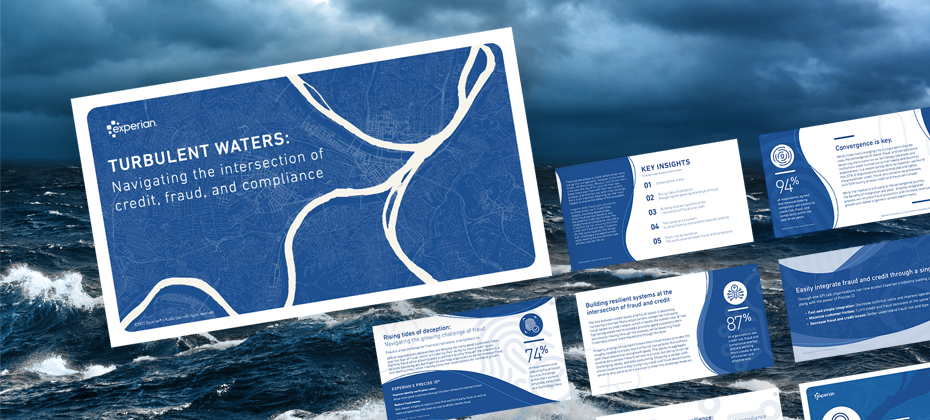
Machine learning (ML) is a powerful tool that can consume vast amounts of data to uncover patterns, learn from past behaviors, and predict future outcomes. By leveraging ML-powered credit risk models, lenders can better determine the likelihood that a consumer will default on a loan or credit obligation, allowing them to score applicants more accurately.
When applied to credit decisioning, lenders can achieve a 25 percent reduction in exposure to risky customers and a 35 percent decrease in non-performing loans.1
While ML-driven models enable lenders to target the right audience and control credit losses, many organizations face challenges in developing and deploying these models. Some still rely on traditional lending models with limitations preventing them from making fast and accurate decisions, including slow reaction times, fewer data sources, and less predictive performance. With a trusted and experienced partner, financial institutions can create and deploy highly predictive ML models that optimize their credit decisioning.
Case study: Increase customer acquisition with improved predictive performance
Looking to meet growth goals without increasing risk, a consumer goods retailer sought out a modern and flexible solution that could help expand its finance product options. This meant replacing existing ML models with a custom model that offers greater transparency and predictive power.
The retailer partnered with Experian to develop a transparent and explainable ML model. Based on the model’s improved predictive performance, transparency, and ability to derive adverse action reasons for declines, the retailer increased sales and application approval rates while reducing credit risk.
Read the case study Learn about our custom modeling capabilities
1 Experian (2020). The Art of Decisioning in Uncertain Times


